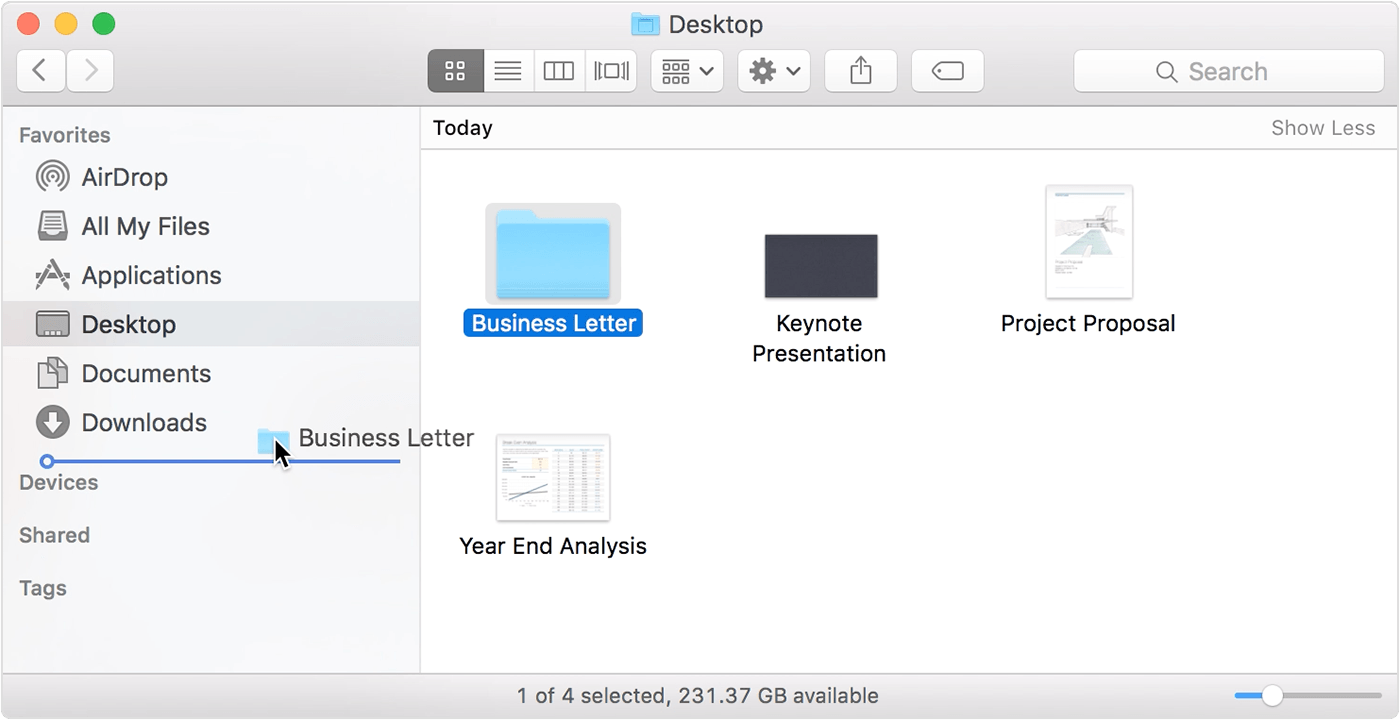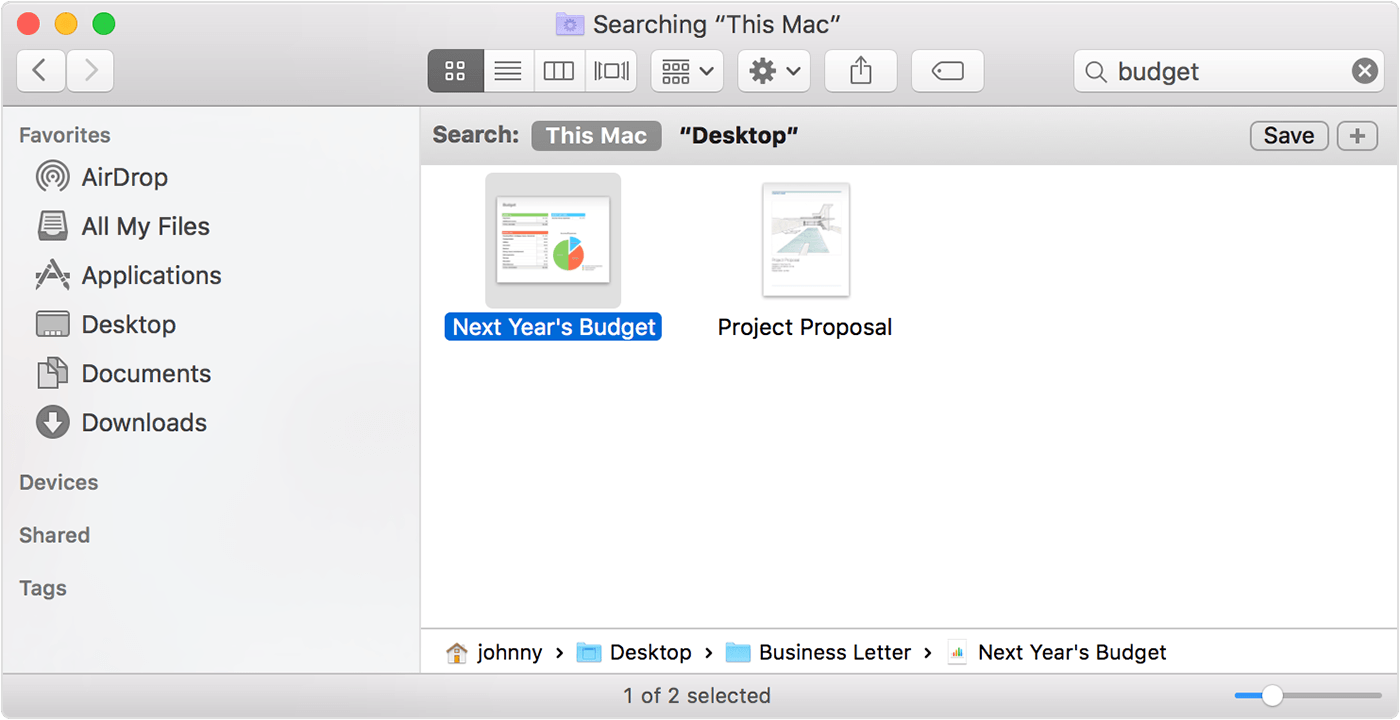availabletech.maxdesk.us
Mac
New Mac? Start here
Get to know the Finder on your Mac
If you're new to Mac, learning about the Finder is the first step toward finding and organizing your documents, media, folders, and other files.
![]()
The Finder is the first thing that you see when your Mac finishes starting up. It opens automatically and stays open as you use other apps. It includes the Finder menu bar at the top of the screen and the desktop below that. It uses windows and icons to show you the contents of your Mac, iCloud Drive, and other storage devices. It's called the Finder because it helps you to find and organize your files.

Open windows and files
To open a window and see the files on your Mac, switch to the Finder by clicking the Finder icon (pictured above) in the Dock. Switching to the Finder also reveals any Finder windows that might be hidden behind the windows of other apps. Learn more window actions, including how to resize, close  , minimize
, minimize ![]() , or maximize
, or maximize  a window.
a window.
When you see a document, app, or other file that you want to open, just double-click it.

Change how files are viewed in windows
If you prefer to view your files as an alphabetical list instead of as icons, choose View > as List from the Finder menu bar, or use the View buttons at the top of the window. You can also view files in columns or using Cover Flow. Learn more about the ways to view your files.

Use the sidebar in windows
The sidebar in Finder windows contains shortcuts to AirDrop, commonly used folders, iCloud Drive, devices such your hard drives, and more. Like items in the Dock, items in the sidebar open with just one click.
To change the items in your sidebar, choose Finder > Preferences from the Finder menu bar, then click Sidebar at the top of the preferences window. You can also drag files into or out of the sidebar. Learn more about customizing the sidebar.


Use folders
To create a folder:
- Click where you want the folder to appear, such as on the desktop or in another window.
- Choose File > New Folder from the Finder menu bar.
This works for folders, not documents. To create a document for use in a particular app, open that app, then use its File menu to create a new document.
To move a folder or file into another folder:
- Drag the item onto the closed folder.
- Or double-click the folder to open it, then drag the item into the folder window.
To change the name of a folder:
- Click the folder once to select it.
- Press the Return key on your keyboard, type a new name, then press Return again.
Some folders can't be renamed, including these:
- Applications: Your apps (programs) go in this folder.
- Desktop: Your Desktop folder and your desktop provide two ways of viewing the same files, so anything that you put in the Desktop folder also appears on your desktop.
- Documents: When you use an app to create and save a new document, the app might save your document here. You can save documents wherever you want, or move them to other folders after saving them.
- Downloads: Safari and other apps save downloaded files to this folder.
- Music, Pictures, and Movies: Some apps store their libraries of music, pictures, or other media in these folders, though the items in a library might be available only within its app. For example, to see the pictures or movies you imported into Photos, open the Photos app.
- Other folders that come with your Mac

Search for files
To search with Spotlight, click the magnifying glass ![]() in the menu bar, or press Command (⌘)–Space bar. Spotlight is similar to Quick Search on iPhone or iPad. Learn more about Spotlight.
in the menu bar, or press Command (⌘)–Space bar. Spotlight is similar to Quick Search on iPhone or iPad. Learn more about Spotlight.
To search from a Finder window, use the search field in the corner of the window:

Select a search result to see the file's location at the bottom of the window. To get to this view from Spotlight, choose the last item in the Spotlight search results: “Show all in Finder.”
In both Spotlight and Finder, you can use advanced searches to narrow your search results.

Delete files

To move a file to the Trash, drag the file to the Trash in the Dock. Or select one or more files and choose File > Move To Trash (Command-Delete).
To remove a file from the Trash, click the Trash to open it, then drag the file out of the Trash. Or select the file and choose File > Put Back.
To delete the files in the Trash, choose File > Empty Trash. The storage space used by those files then becomes available for other files. In macOS Sierra, you can set up your Mac to empty the trash automatically.